TSOTA x TRS Studio Visits is a collaboration between The State of the Arts and The Royal Standard. TRS is a an artist-led gallery, studio and social workspace in Liverpool, working with over 40 artists. Every month we will be presenting interviews and studio visits with artists working in the space and chatting to them about their process, tools and the meaning of art-making. This month, we talked to Laura Spark.
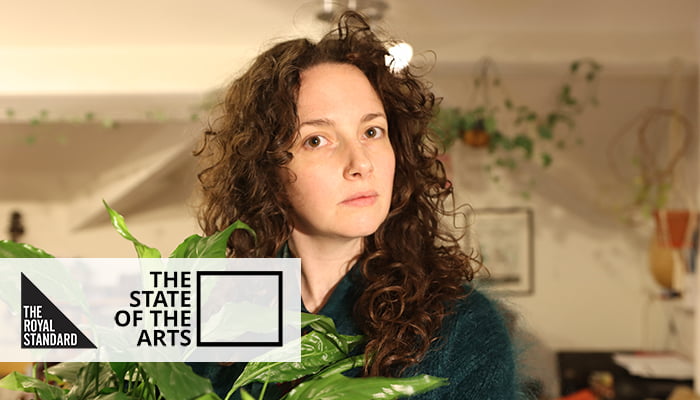
Can you tell me a bit about your work in general?
I use a mix of media and animation techniques to create film, installations and performative visuals. I’ve got a pretty eclectic palette underpinned by a fascination in the ways people create narratives and symbols to understand and explain our world; real and fictional, utopian and dystopian, lore and science. Recently this began to distill into eco- and folk horror. I’ve been working a lot on collaborative projects recently and haven’t made much of my own work and I’m keen to get back to making some eerie journeys into our relationships with the ‘natural’ world.
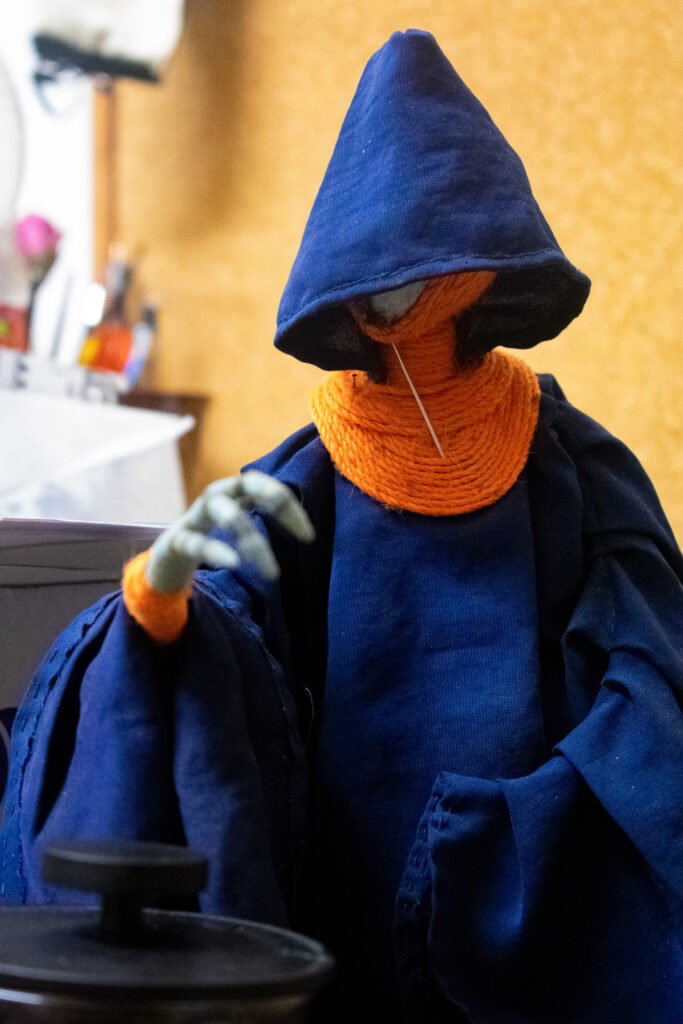
In your bio you mention having a love for analogue techniques. Can you talk a little bit about what techniques and why you’re attracted to analogue?
I’m seduced by analogue more than I actually use it in terms of equipment! I would love to spend more time getting to know analogue film better – the quality of light and the spontaneous collaboration of the materials are delightful!
Right now I often think of analogue in terms of animation, effects and performance – what can you do ‘in camera’ instead of adding in post-production. For example I’m using a multiplane right now, which is a contraption with sheets of glass and lights which allows you to work depth and layers into an animation directly under the camera. I love the realness of animation that uses more traditional techniques like this, it’s more akin to stage magic and illusion – even if you can see how it’s done, it’s still wonderful appreciating how we can make magic! That being said I have utmost respect for digital animation and new technologies and would be as excited to explore them!
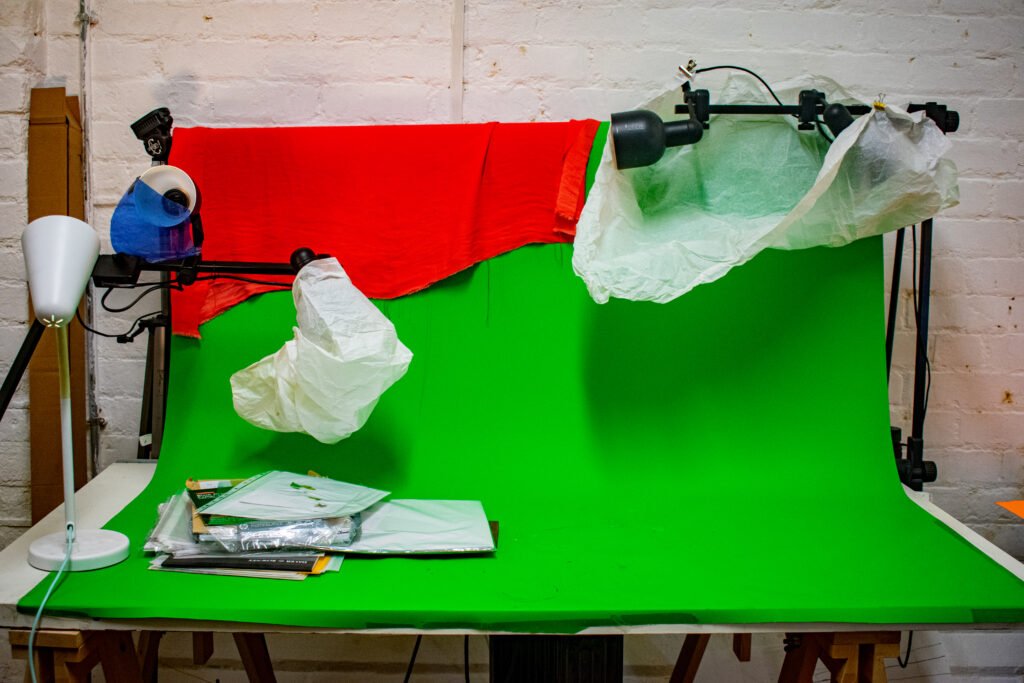
I also used to make analogue projected visuals using an overhead projector and keep coming back to working with this in different ways. I love the immediacy, and how it gives the audience a chance to see and understand how the visuals are being made – it brings a further element of performance to the experience, a touch of light alchemy!
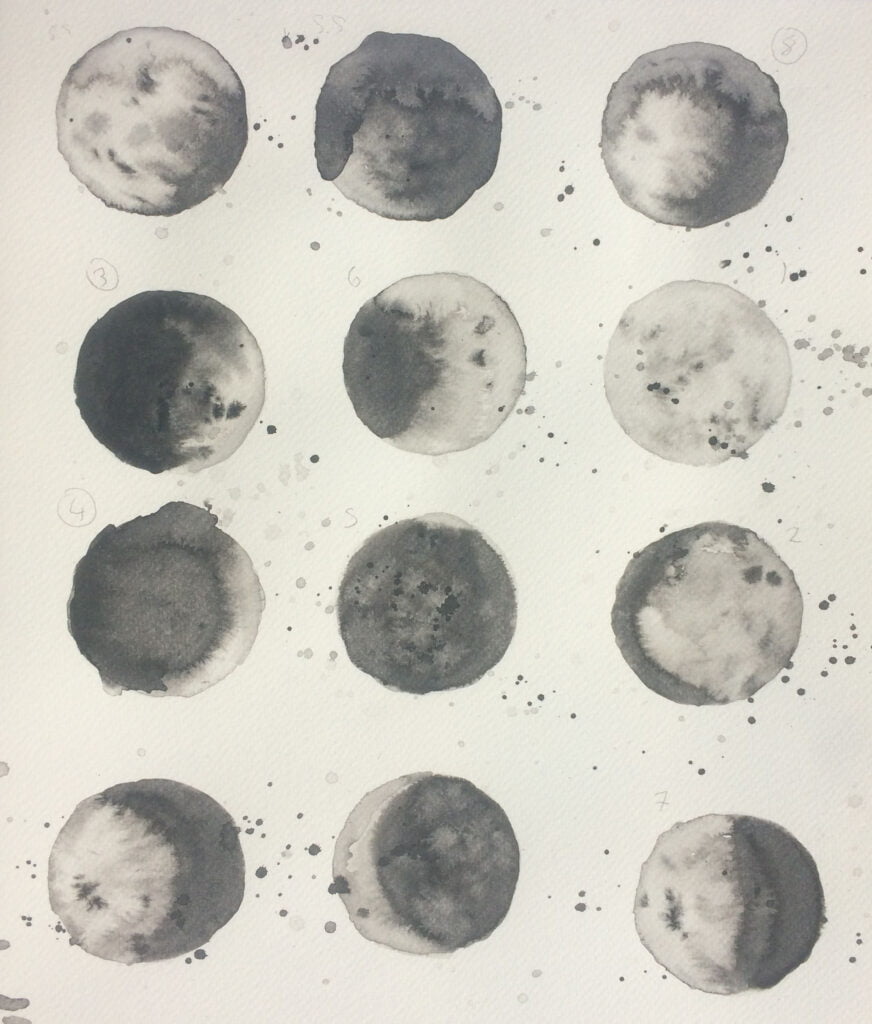
Credit: Laura Spark
There is an otherworldly, hallucinatory, magical quality to a lot of your film work – where does it come from?
From watching cartoons as a kid – classic Disney like ‘Snow White’ and ‘The Sword in The Stone’ are crammed with magic. Then ‘The Craft’ coming out when I was 11 – I think that’s why there’s such a surge in an interest in witchcraft as both a spiritual practice and an aesthetic right now, all those little girls that tried to form covens after watching ‘The Craft’ are now making films, art, music, opening shops – manifesting!
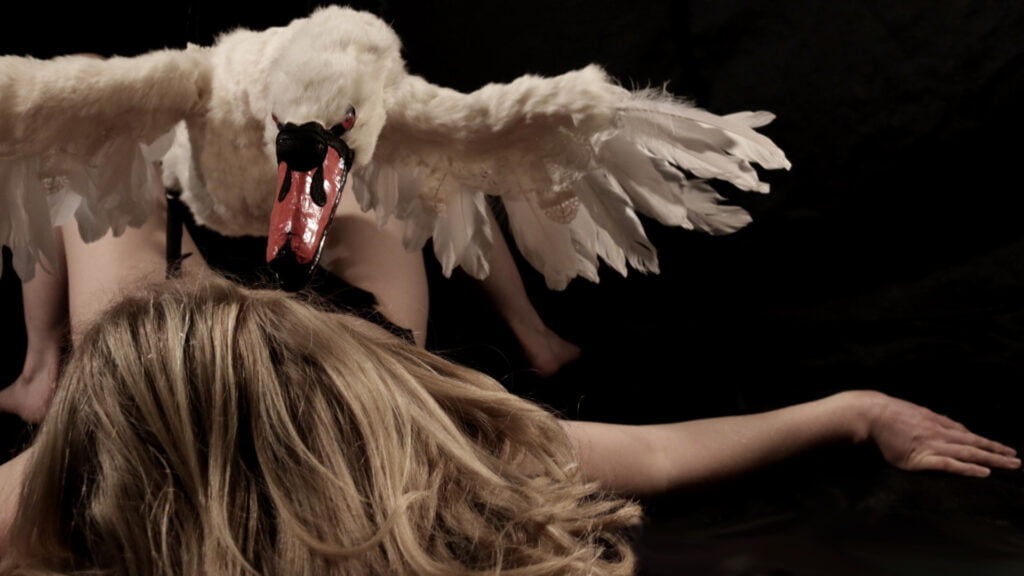
Credit: Laura Spark
Then discovering avant-garde cinema in my late teens: Maya Deren and Luis Buñuel, getting into Surrealism and binging cinema that explores symbolism, psychedelia and dream worlds, from Ken Russell to David Lynch. All this led me to read around magic, mysticism and philosophy and now I just love anything that’s a subversion or expansion of the experience we’ve come to define as normal. Anything that seems heightened, elevated, involving another realm, another dimension, the unseeable and the unknowable. I believe this is where we reorder our thoughts, reflections and experiences to make sense of them.
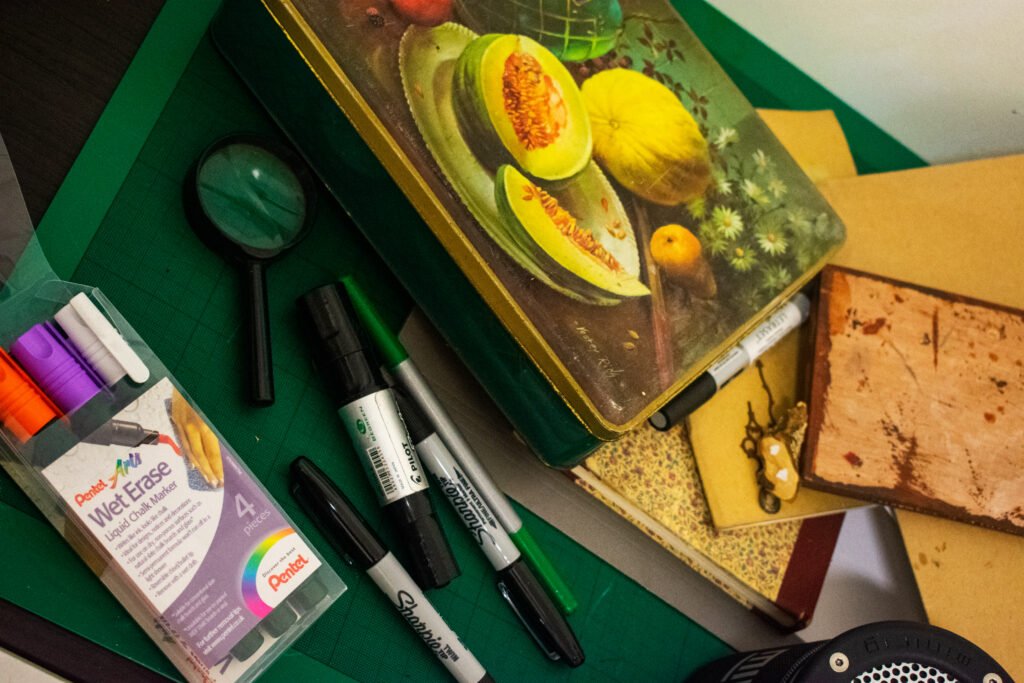
You refer to eco-horror quite often in descriptions of your work – could you tell me what the genre of eco horror is?
Eco-horror can be as simple as ecological disaster: tornadoes, volcanoes, tsunamis – it’s a burgeoning genre as the phrase ‘catastrophic climate change’ looms heavy in our very near futures. But I’m fascinated in a deeper fear of ecology, which might verge more on cosmic horror – an indefinable fear of the unknown… and as we live further away from rural and natural environments this collective fear becomes more deep rooted and we often exercise it by layering monsters into it in our fictions, because fear of monsters is easier to understand. Eco-horror side steps the monster and delves straight into the terrifying mist, the abyss, the depths… the things about nature that seem so different, unknowable and ‘other’. But there’s something I find so exciting about all that, and wonder if through an acceptance of the power, veracity and divergent characters of nature, we might build a new respect and begin to dismantle our anthropocentric worldview – and therefore out patriarchal and capitalist societies.
I’ve watched all of your ‘How to Garden like a Real Witch’ series and loved it – at first I wasn’t actually sure whether it was intended to be funny but it definitely is. What sparked this idea and the Lennox Mead character?
Lennox Mead climbed muddy and covered in worms out of our garden completely uninvited.
I had a bit of spare time between jobs and wanted to make some little horror and earth gifs so just started messing around in the garden with no real aim, but as I started playing this character started to come to life – I had wanted to do something really dark, but she, or the world around her seemed to just want to be silly, the garden was bubbling over with jokes and japes, but laughing with me. I initially made it as a film for the TRS Light Night exhibition in 2019, before revisiting it to develop the YouTube series during the 2020 lockdown. I’m learning that I cope with difficult situations with comedy, and find it much more cathartic than the commodified self-help trends that surround us right now, so ‘How to Garden Like a Real Witch’ is a bit of an earnest parody of self-help/how-to YouTubing for people like me. I hope it’s about poking fun and not about mockery – I do think our relationship with nature is really important, and with intention and intuition we can make incredible things happen – but Lennox is never really going to tell us how! We might just have to support each other while we figure it out for ourselves.
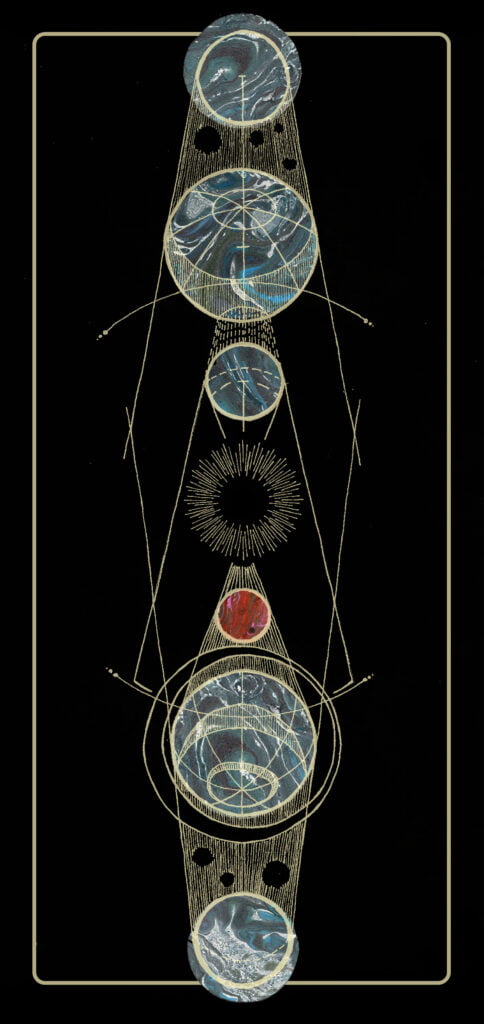
Credit: Laura Spark
What is your creative process like? Do you sketch ideas out, write first, is it carefully organised or do you experiment a lot?
I like to do a lot of research – internet, books, a little trip somewhere – a beach or a library, to give myself definite time to think about a project, that time of ‘not doing’ is really important, looking, thinking and dreaming. Then I’ll do a lot of sketching of ideas, writing, experimenting with techniques – I’ve learnt over the years though to develop plans more carefully and now I do end up with at least some semblance of storyboards and plans, but I’ll most likely deviate from these a little and continue to experiment throughout a project!
MADDER ISLE / TRAILER \ from Laura Spark on Vimeo.
We ask everyone this one – what is the one tool in your studio you can’t live without?
My work as it is now would not exist without a camera. I’m sure if I didn’t have one I’d just make something else, but I do particularly love looking, seeing and framing the way you only do through a camera. To think of every moment of life as a frame, – every one unique and important which can tell a whole story, a myriad of stories, it’s incredible!
Filed under: Art & Photography
Tagged with: art, artist, climate, eco, eco-horor horror, environment, Laura Spark, Nature, Studio, video, visit, witchcraft
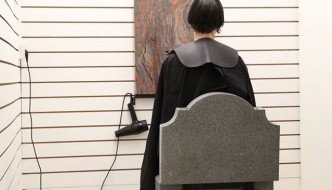
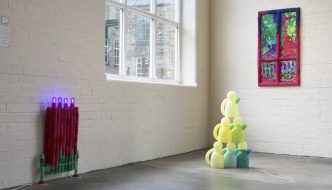
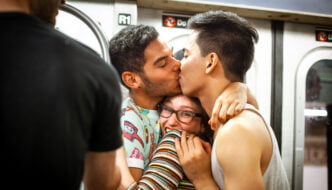
Comments